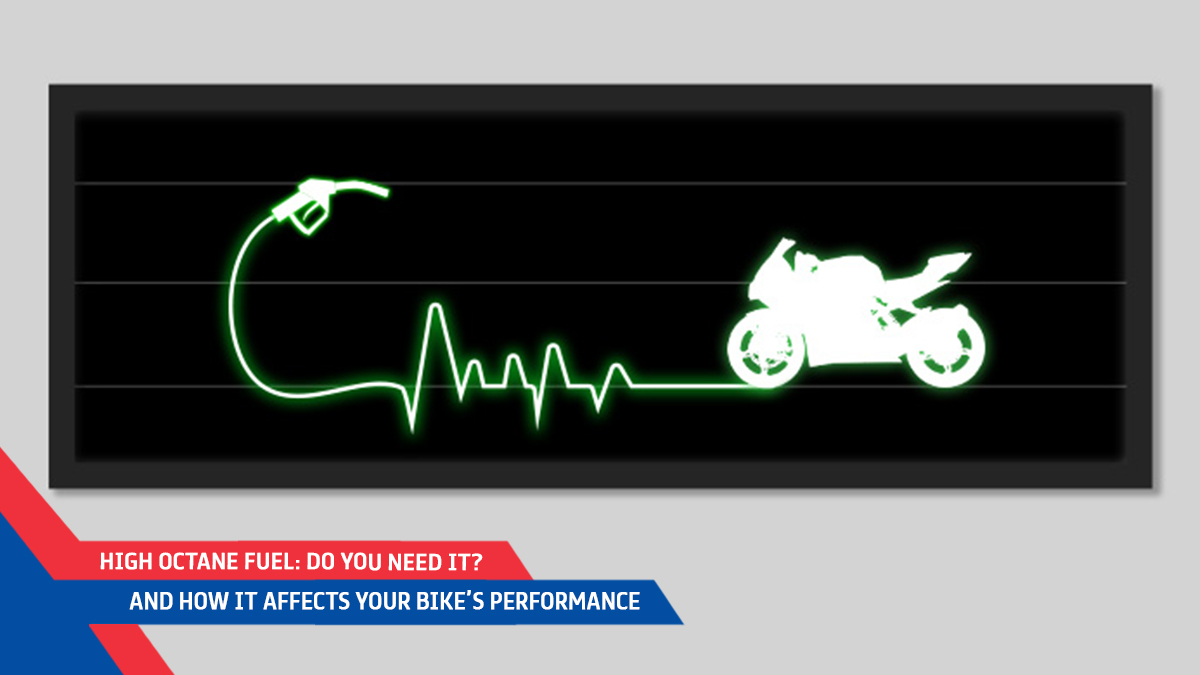This is a much-debated topic where the quality of fuel available in our country is often blamed for the lack of performance of our machines. How true is it? A little, yes, considering the fact that most of the times, when we refer to “Quality”, it’s the adulteration which leads to anaemic performance and engine problems in Made in India bikes. However, nearly all India-made motorcycle engines are manufactured according to the fuel quality which they will be fed with. As long as you fill even the regular fare from a reputed pump which doesn’t indulge in malpractices, everything’s fine. Unless your ride a high-capacity motorcycle which wasn’t originally designed to be operated in India, and whose manual strictly asks you to stick to a particular octane rating, you don’t really need High Octane fuel. Allow us to explain.
Know More
All internal combustion engines are designed according to the characteristics of the vehicle and the conditions it will operate in. Manufacturers spend a great deal of time, energy and research to get the compression ratio and the chamber’s design right, inside which air and fuel mix to combust. If you’re wondering what compression ratio is? It is nothing but the engine’s capacity to compress the mixture of air and fuel, every time the Piston moves towards the top of the cylinder/chamber.
High-compression, high-performance engines require higher-octane fuel, as a higher compression ratio extracts more power during the downward, expansion stroke of the piston. However, it also creates higher cylinder pressures and temperatures, which tend to induce knocking if any amount of mixture combusts before it was supposed to. So does filling up the tank of any motorcycle with more expensive, high octane petrol boost its performance? Read on to find out.
High-compression, high-performance engines require higher-octane fuel, as a higher compression ratio extracts more power during the downward, expansion stroke of the piston. However, it also creates higher cylinder pressures and temperatures, which tend to induce knocking if any amount of mixture combusts before it was supposed to. So does filling up the tank of any motorcycle with more expensive, high octane petrol boost its performance? Read on to find out.
Still not sure what we’re talking about? Let’s dig a little deeper. When a spark plug ignites, it does not result in an instantaneous explosion of the entire air & fuel mixture that’s inside the cylinder. The spark only lights up a small quantity which is present near the plug, before a flame expands further to ignite the rest of the mixture. This process takes some time and completed by the time the crankshaft has rotated by almost 60 degrees.
During this process, when the spark lights up the small kernel which is present near the plug, the rest of the air-and-fuel mixture experiences huge increase in pressure and temperature. If the mixture gets heated and squeezed enough, it explodes spontaneously on its own, even before the flame started by the spark gets to it. This instance of self-detonation is also commonly known as the “knock.”
During this process, when the spark lights up the small kernel which is present near the plug, the rest of the air-and-fuel mixture experiences huge increase in pressure and temperature. If the mixture gets heated and squeezed enough, it explodes spontaneously on its own, even before the flame started by the spark gets to it. This instance of self-detonation is also commonly known as the “knock.”
This one’s more like a “Knock, Knock” joke which if you question with a “Who’s there?” the answer would be, “Low Octane Fuel.” To simplify, if your engine knocks overly, it is a good indication that you’ve been feeding your bike with low octane or poor quality fuel and you must switch pumps in that case. All the “Premium” brands of fuel available at our bunks are slightly higher octane fluids which contain nothing but “Secret” additives which promise to keep your engine free from deposits. It isn’t proven if they improve performance because as mentioned earlier, “high octane fuel does not necessarily pack more energy content than the regular stuff.”
If you do not wish to complicate your understanding, all you need to follow is the owner’s manual and fill up at the fuel bunk with petrol, the octane rating of which matches the number specified in the booklet. Anything higher than the specified number would benefit only the oil company whom you’d be paying extra per/litre, for nothing really.



The article relating to high octane no. Vs engine performance was usefull.